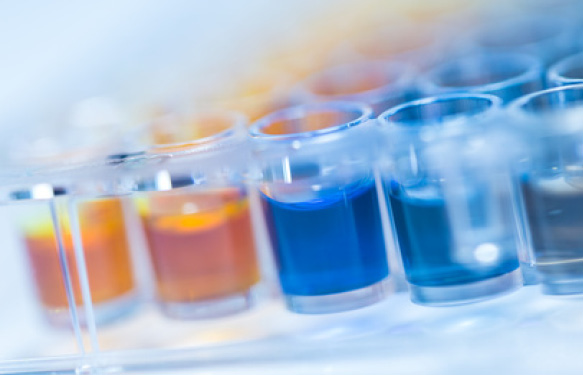Gemma N. Jones et al has recently published in the British Journal of Cancer an article revealing pRAD50 (Ser635) as a pharmacodynamic biomarker of ATM (AZD0156) and ATR inhibitors (AZD6738) to treat cancers. doi:10.1038/s41416-018-0286-4
Key sensors of DNA damage such as ATM and ATR are targets of choice for drug discovery. A useful screening method is based on synthetic lethality. The pre-screening can be done on convenient HeLa cells.

For that purpose, we developed specific and stable knock-down HeLa cells, called SilenciX. They are validated with well-known knock-down efficiency determined by RT-qPCR, generally above 80%. tebu-bio laboratories are also able to offer the screening as service, providing a useful combination to assist you in moving your research forward.

Then, in order to fine tune the synthetic lethality analysis, we can move to other cell lines and to the TUNR technology, which is CRISPR based engineering of the cells that we also provide as a service. The goal is to fine tune the knock-down level into a desired cell type.

Biomarker research involves profiling protein or phosphorylation levels. There are several technologies that can be used for this purpose, which we invited you to look at in detail in our previous post on multiplex protein profiling.

Are you interested in any of the above mentioned services, or do you have any questions? Feel free to leave me a quick message below and I’ll be pleased to get back to you.



